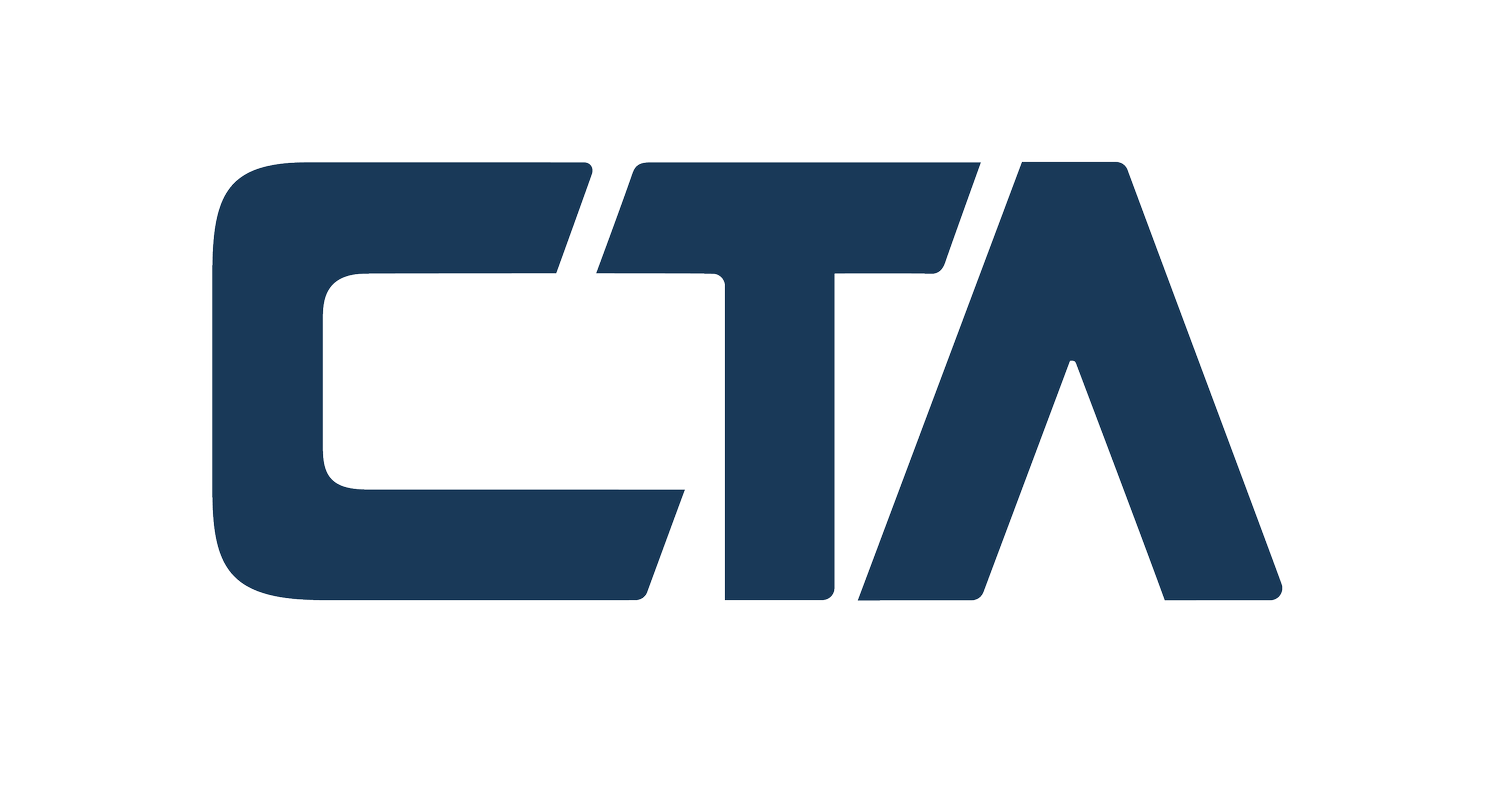Last month, we unpacked the Federal Research Tax Credit (RTC)—a powerful tool to offset R&D costs and fuel innovation. But the story doesn’t end with Uncle Sam. Many states offer their own R&D tax credits, stacking atop the federal benefit to supercharge your savings. From California’s generous rates to Georgia’s job-tied incentives, these state-specific credits can transform your tax strategy. At CTA, we’re here to help you navigate this patchwork of opportunities—because when it comes to R&D, every dollar counts.
The Power of Stacking Credits
The federal RTC, under Section 41, is a dollar-for-dollar credit against income or payroll taxes, typically yielding 13-20% of Qualified Research Expenses (QREs). State credits amplify this by offering additional relief, often with unique twists. While the federal credit sets the baseline—covering wages, supplies, and contract research—states tailor their programs to local priorities, like tech innovation or job growth. Stack them together, and your R&D investment stretches further. In 2025, with Section 174’s potential return to full expensing on the horizon (more on that later), state credits could make this a banner year for savings.
Spotlight on Key States
Let’s explore a few standout examples:
- California: The Golden State’s R&D credit mirrors the federal RTC but offers a 15% rate on QREs above a base amount, calculated using a fixed-base percentage. No cap applies, so high-spending tech and biotech firms can see massive returns. In 2025, a company with $1 million in QREs might claim $150,000 from California atop a $98,000 federal credit (via the Alternative Simplified Credit). Documentation aligns with federal rules, making it a seamless add-on—but nuances matter.
- Georgia: Georgia ties its R&D credit to the federal RTC, allowing you to claim the excess of QREs over a base amount against state taxes. It’s capped at 50% of your state tax liability after other credits, but pairs beautifully with the Georgia Jobs Tax Credit (more on that in November). A manufacturer expanding R&D here could double-dip, linking innovation to workforce growth.
- Texas: The Lone Star State offers a franchise tax credit—5% of QREs or 25% of the tax due, whichever is less. It’s less generous than California’s, but with no state income tax, it’s a unique perk for R&D-heavy firms in tech or energy.
Other states like Massachusetts (10% credit), Illinois (6.5%), and Michigan (recently reinstated) add to the mix. Each has quirks—some mimic the federal four-part test (technological nature, uncertainty, experimentation, business component), while others tweak definitions or caps. CTA’s expertise lies in decoding these differences.
Why State Credits Matter in 2025
State credits aren’t just bonuses—they’re accelerators. In 2025, the potential repeal of Section 174’s amortization rules (forcing R&D costs over five years since 2022) could restore full expensing. If Congress acts, you’d deduct R&D costs immediately, claim the federal RTC, and layer on state credits—a triple win. California’s 15% could push your effective savings rate well above 30% of QREs. Even without Section 174 changes, states offer a hedge against federal uncertainty, especially as IRS audits tighten. Detailed records—time logs, project goals, test results—are your shield, and CTA’s got you covered.
Challenges and Opportunities
State credits sound great, but they’re not free money. Each state sets its own eligibility, base calculations, and carryforward rules. California’s generous credit demands meticulous tracking of incremental spending. Georgia’s ties to federal QREs simplify things but cap your take. Texas requires franchise tax liability, limiting its reach. Retroactive claims—often three years back—add complexity but unlock past savings. The key? Precision. Miss a nuance, and you leave cash on the table—or face an audit.
That’s where CTA shines. Our degreed engineers don’t just crunch numbers—they dissect your R&D. From software iterations to production tweaks, they identify qualifying activities with technical rigor, ensuring federal and state claims align. Our tax experts then tailor your strategy to each state’s rules, maximizing every credit.
Real-World Impact
Imagine a biotech firm in California spending $2 million on R&D in 2025. With $1.5 million as QREs, they might claim $210,000 federally (14% ASC) and $225,000 from California (15%). That’s $435,000 total—over 20% of their spend—freed up for the next trial. A Georgia manufacturer with $500,000 in QREs could pair a $70,000 federal credit with a state credit, plus job-creation incentives, fueling expansion. These aren’t hypotheticals; they’re CTA client wins.
What’s Next?
State credits are your gateway to bigger savings, but they’re just one piece of the puzzle. On July 10, we’ll explore the Investment Tax Credit (ITC), showing how R&D in clean energy can stack yet another layer of benefits. For now, ask: Are we innovating in a credit-friendly state? If so, you’re sitting on untapped potential.
Tap CTA’s Expertise
Don’t let state credits slip by. Our engineers and tax pros at CTA are ready to dig into your R&D, align it with federal and state rules, and deliver audit-ready results. Contact us today—let’s maximize your savings beyond the federal level.









